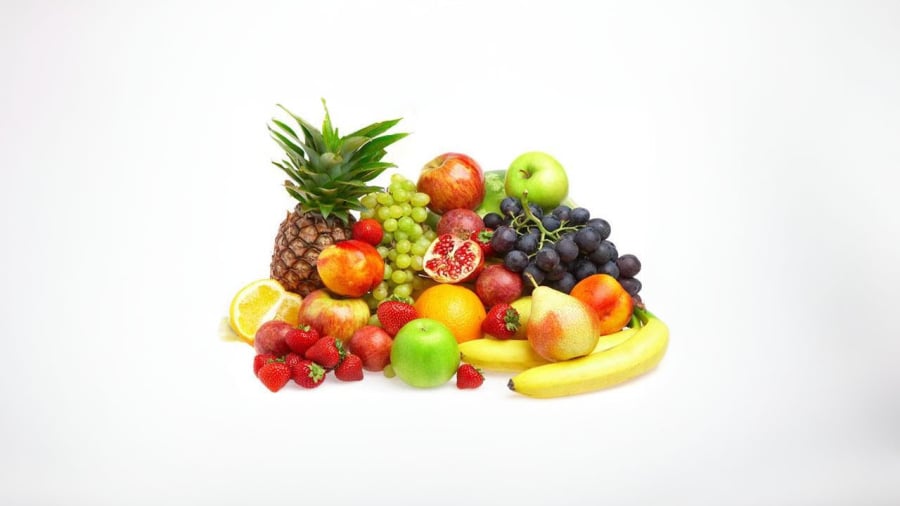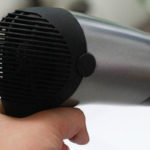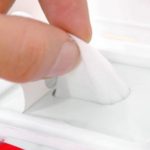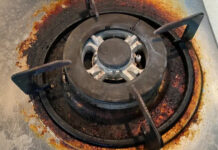Alcohol is made up of ethanol. Alcohol beer is the cause of many health and traffic safety issues. That is why the state has regulations to deal with people who drink alcohol and still operate vehicles. However, the fact is that 12-24 hours after drinking alcohol, alcohol levels can still be detected in the blood and breath. People with poor liver function, who drink a lot, will have higher remaining alcohol levels than those with good liver function. Moreover, many people worry that even eating fruit or blowing into a breathalyzer will still show alcohol levels. Operating a vehicle with alcohol in the blood or breath is a violation of the regulations in the Law on Prevention and Control of Harmful Effects of Alcohol, Beer, Decree No. 100/2019/NĐ-CP, and individuals involved in traffic may be fined different levels depending on the alcohol levels involved. This is a strict policy of the state, which worries many people.

Why does eating fruit still show alcohol levels?
Some fruit products have the characteristic of fermenting and can produce alcohol levels. Many alcoholic beverages are also fermented from fruits. So in terms of alcohol levels, the alcohol generated from fruit or the alcohol in beer is the same type of alcohol, whether it is small or large amounts.
Identify the types of food fruits that are prone to ferment to prevent when moving
Ethanol is also a component that appears in food even if it is labeled alcohol-free. According to data from the National Medical Library (USA), orange juice, apple juice, and grape juice contain a significant amount of ethanol (up to 0.77g/L). Moreover, some packaged bakery products such as meat-filled rolls or sweet milk bread contain more than 1.2g of ethanol per 100g of the product.
Therefore, you should pay attention to grape juice, orange juice, and apple juice because all experiments contain a certain amount of ethanol. The highest alcohol content is found in grape juice, 0.29-0.86g/L, while different apple juice samples are more than 10 times higher (0.06-0.66g/L) in ethanol content.
Alcohol in orange juice is about (0.16-0.73g/L).
Ripe bananas also have an alcohol content of about 0.02g/100g; well-ripened bananas 0.04g/100g; ripe pears 0.04g/100g…

In bread, the alcohol content found in samples of meat-filling bread is 1.28g/L and spongy milk bread is 1.21g/L. In other types of regular bakery products, the alcohol content is lower but can still be detected (0.14-0.29g/L).
How to Easily Get Rid of Adhesive Stains on Plastic Items
Are you having trouble getting rid of those pesky adhesive marks left behind by plastic? Have you been searching for an easy and efficient way to do so? Well, your search may be over! In this article, we will provide you with three simple and highly effective solutions for removing plastic from adhesive marks.






































